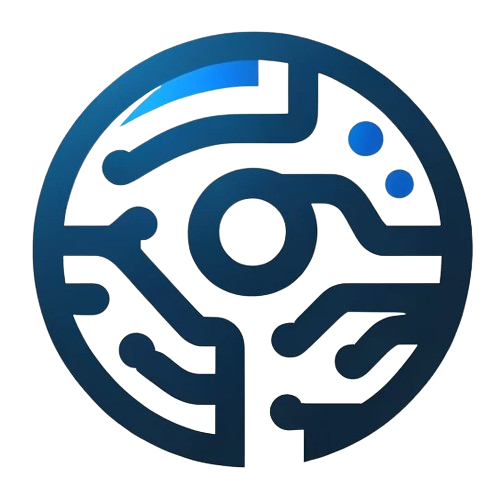In the dynamic world of Artificial Intelligence (AI) development, Python has emerged as the leading programming language, preferred by both novices and experts alike. Its unparalleled combination of simplicity, flexibility, and robust functionality makes it the go-to choice for AI projects. This blog post delves into the reasons behind Python’s dominance in AI development, exploring its features, ecosystem, and the impact it has on the AI industry.
Simplicity and Readability
One of Python’s most celebrated attributes is its simplicity. The language’s syntax is clean and intuitive, making it an ideal learning platform for beginners in programming and AI. Python’s readability ensures that developers can understand and modify code more efficiently, facilitating better collaboration and innovation in AI projects.
Rich Libraries and Frameworks
Python’s extensive ecosystem of libraries and frameworks is arguably its most significant advantage in AI development. Libraries like TensorFlow, PyTorch, Keras, and Scikit-learn provide pre-built functions and tools that streamline the development of complex AI algorithms, reducing the time and effort required to bring projects to life.
- TensorFlow and PyTorch: Leading frameworks for deep learning that offer comprehensive tools for research and production.
- Keras: A high-level neural networks library that runs on top of TensorFlow, making it accessible for rapid prototyping.
- Scikit-learn: A tool for data mining and data analysis, offering simple and efficient tools for machine learning.
Community and Collaboration
Python benefits from a large, active community of developers and AI researchers who continuously contribute to the development and refinement of AI tools and libraries. This vibrant community fosters a collaborative environment where resources are readily available, from open-source projects to extensive documentation and tutorials.
Versatility and Integration
Python’s versatility is another key factor in its dominance in AI development. It seamlessly integrates with other languages and technologies, allowing developers to incorporate AI capabilities into diverse applications. Python’s compatibility with data manipulation and visualization tools like NumPy, Pandas, and Matplotlib also makes it an excellent choice for AI projects involving data analysis and visual representation.
AI Research and Development
Python is not only prevalent in industry applications but also a staple in academic and research settings. Its ease of use and comprehensive libraries enable researchers to prototype and test new AI models and theories quickly. Python’s widespread adoption in the AI research community promotes the sharing of knowledge and accelerates the advancement of AI technologies.
Challenges and Considerations
Despite its many strengths, Python does face some challenges, such as runtime efficiency and memory consumption. However, these issues are often mitigated by improvements in Python interpreters, the use of performance-enhancing tools like Cython, or integrating Python with other high-performance languages.
Conclusion
Python’s unrivaled position as the powerhouse for AI development is well-deserved. Its combination of simplicity, powerful libraries, and a supportive community makes it the ideal choice for AI projects across the spectrum, from academic research to industry applications. As AI continues to evolve, Python’s role in shaping the future of technology seems set to grow ever more significant.

